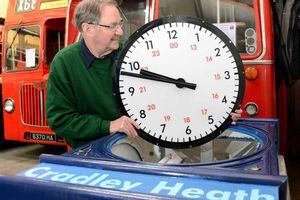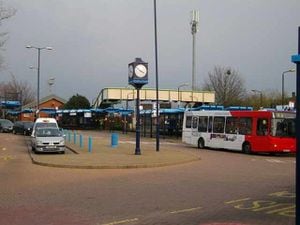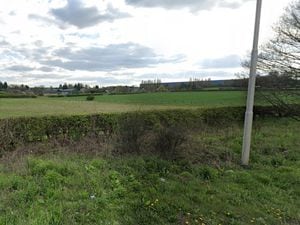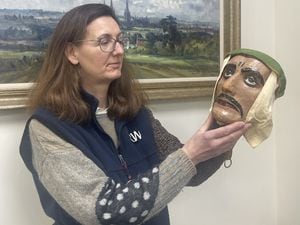Historic Cradley Heath clock to be restored and preserved at Black Country museum
It stood at the heart of a busy transport interchange for decades and was seen by hundreds upon hundreds of commuters each day.

Now the historic Cradley Heath clock is to be restored and preserved by volunteers at a museum in the Black Country.
The four-sided clock is more than 16 ft tall but has had to move to make way for the £1.9 million overhaul of the bus station.
Aston Manor Road Transport Museum in Aldridge was approached by Centro whether they would like to take the landmark which is believed to date back to 1983.
Keen volunteers will now set about repairing one of the damaged clock faces and look to put it up outside their base in Shenstone Drive or modify it to be based inside.
Chairman Martin Fisher said: "They didn't want it to be just chucked away and so it was offered to us and we accepted.

"There are lots of people that have seen that, in the context of going catching the bus and seeing that clock.
"It is the whole essence of the transport museum, it is not just the vehicles. It is all the things associated with these vehicles."
Walsall councillor Richard Worrall, a member of Centro, approached the museum if they wanted to take the clock.
He said: "I was asked if I knew anyone, and I thought that is a great place to relocate it. Today's equipment is tomorrow's history."
New passenger information and improved waiting areas are being created at the Cradley Heath interchange, next to the town's railway station.
The work is being paid for through the Better Bus Area Fund, a £10 million pot to improve public transport in Brierley Hill, around Merry Hill shopping centre and Cradley Heath. It is due to be fully completed in the new year.
The museum was originally based in Birmingham but moved to Walsall after a wrangle with the city council.
It then had to move from its new base in Northgate before finding a permanent home in Shenstone Drive two years ago.
The museum has helped to spruce up and maintain a range of vehicles including a tram from the 1920s, a van from around 1928 an old Royal Mail bicycle, bus stops and an old fuel pump.





